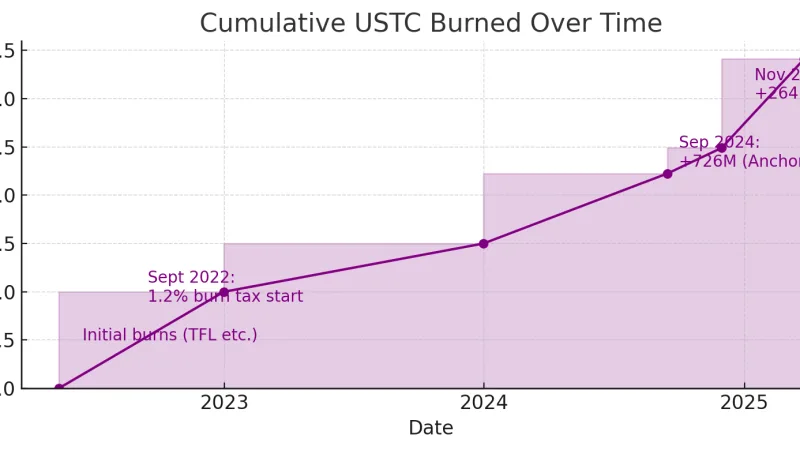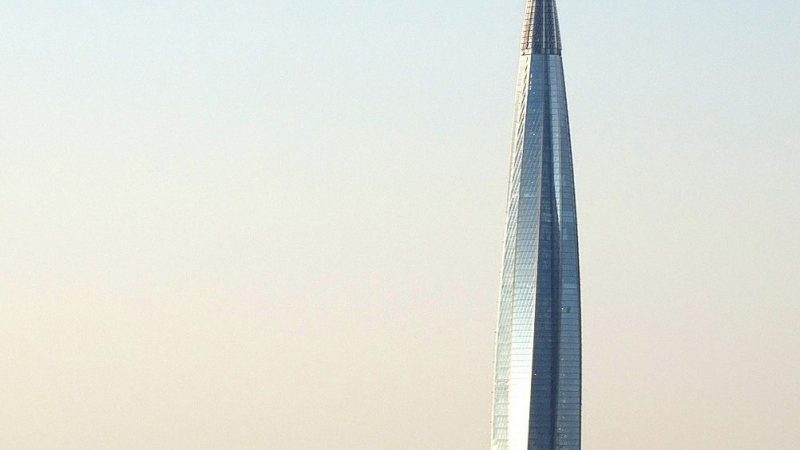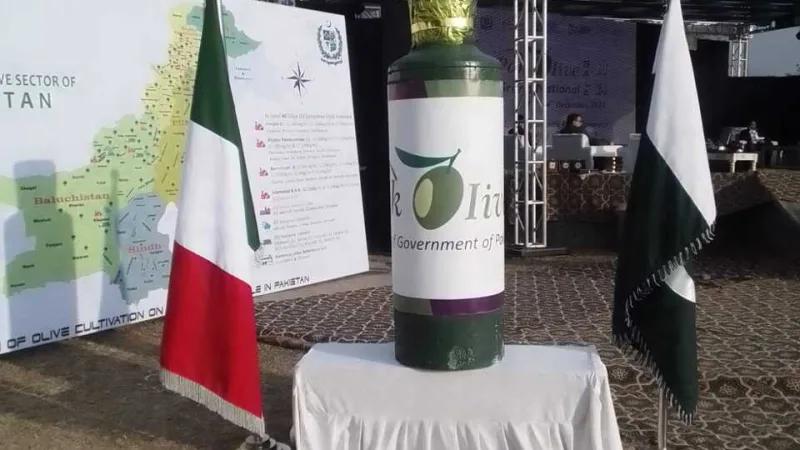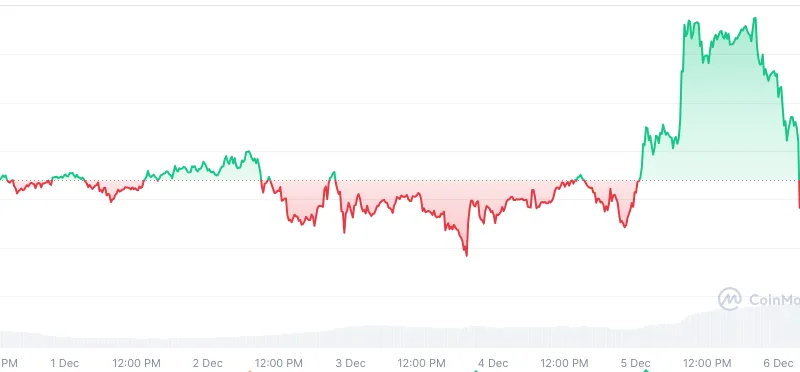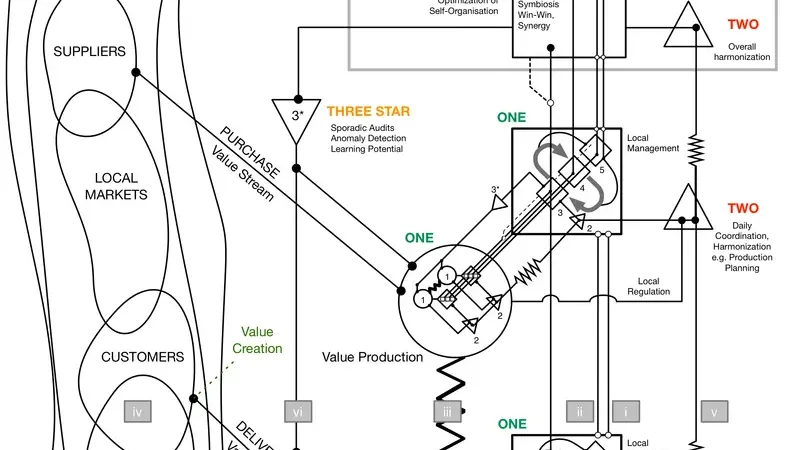Russia’s Military Budget Jumps 25%: What It Means for the Economy and Citizens
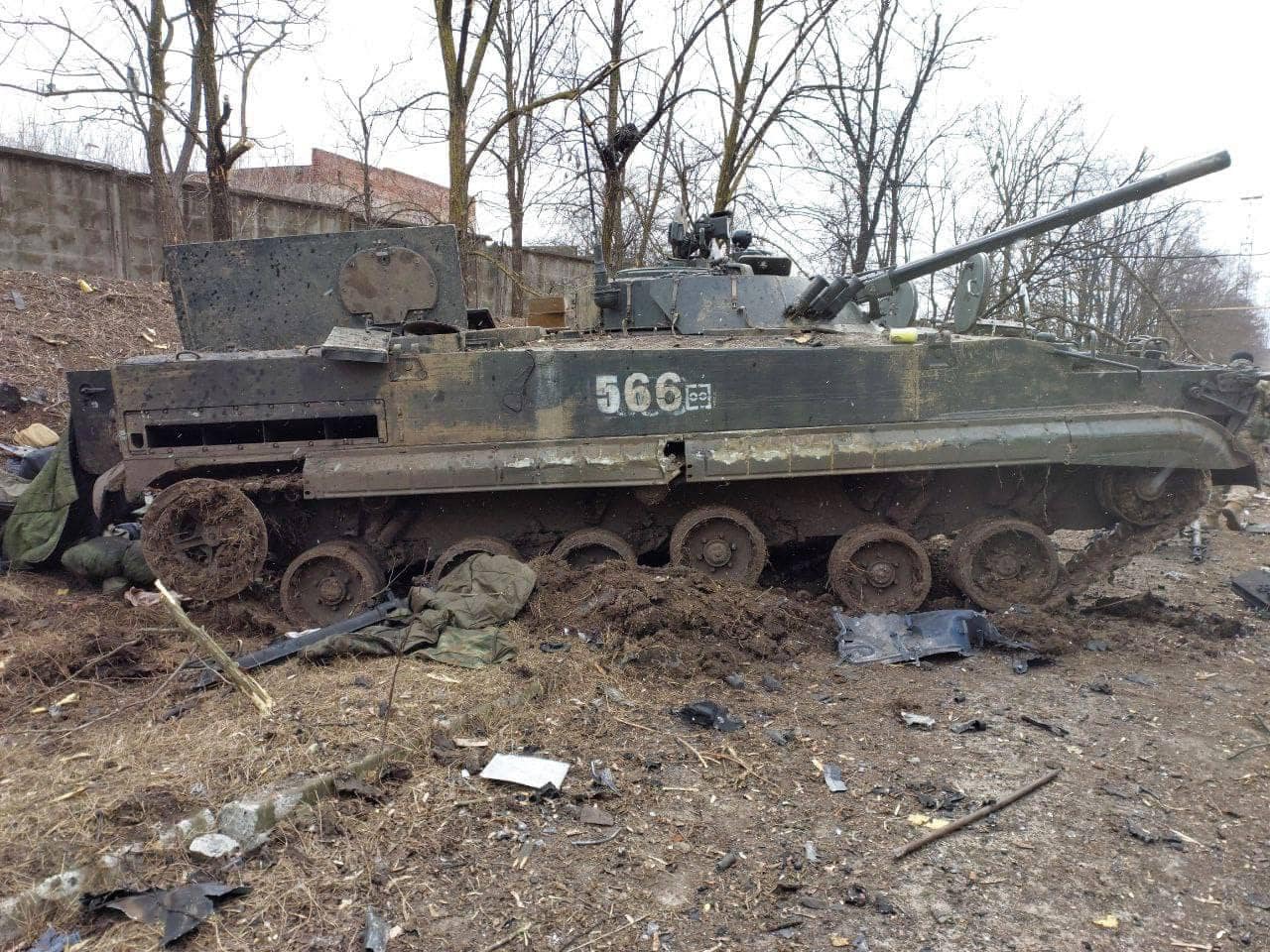
Analysts warn that Russia’s militaristic economic strategy and planned military expenditures could deepen significant imbalances within the government’s finances. Under the leadership of Prime Minister Mikhail Mishustin, the Russian government has recently approved a draft budget for 2025-2027 that anticipates a dramatic increase in defense spending, projected to rise to 13.5 trillion roubles (approximately $145 billion) in 2025. This reflects a 25% increase from the 2024 level and represents 6.3% of the nation’s gross domestic product (GDP) as indicated in the draft document obtained by Reuters.
Since the onset of its full-scale invasion of Ukraine in 2022, Russia has fundamentally restructured its domestic economy, adopting a wartime posture aimed at significantly bolstering military production and circumventing international sanctions that have hampered its ability to procure military equipment and armaments from other sources.
Russia’s Defense Budget Surge: A Breakdown
The expansion of Russia’s military-industrial complex, which is essential to sustaining its extensive military operations, has intensified since the start of the conflict. According to the draft budget, combined expenditures for national defense and security are set to constitute nearly 40% of the total government budget in 2025. This staggering allocation for defense is noteworthy, as it will surpass by more than double the funding designated for social services, including pensions.
Economic Risks of Militarization
Experts interpret these ambitious spending plans as indicative of a resolute Russia intent on prolonging its military engagement in Ukraine. However, they also underscore inherent risks for both the economy and the citizenry, as the general populace grapples with declining living standards and persistently high consumer prices.
Andrius Tursa, a Central and Eastern Europe advisor at the consultancy Teneo, remarked that the continued military expenditure signals that the Russian state possesses both the financial means and political determination to maintain and enhance its armed forces, despite an increasingly precarious outlook regarding the situation in Ukraine and the West. Tursa cautioned, however, that the growing militarization of the economy, supported by extensive state spending, might be difficult to sustain over the medium to long term.
For a closer look at Russia’s economic outlook and how the ongoing war is affecting its financial stability, check out our article:
Is Russia Headed for Economic Ruin in 2025? Analyzing the Financial Fallout of Prolonged Warfare.
Inflation and Fiscal Challenges Ahead
The Russian economy is reportedly operating at full capacity, which could result in persistent inflationary pressures by 2025. This situation is exacerbated by labor shortages stemming from military recruitment initiatives and the departure of migrant workers, alongside rising government expenditures and impending tax increases, including adjustments to housing and utility tariffs.
Currently, the annual inflation rate in Russia stands at 9.1%. The nation’s central bank recently indicated that it anticipates continued high underlying inflationary pressures, enforcing a key interest rate hike of 100 basis points to 19%. Liam Peach, a senior emerging markets economist at Capital Economics, predicts that the current budget proposals will fail to alleviate existing demand-supply imbalances, consequently driving further price increases. While the government looks to bolster fiscal resources through personal income and corporate tax hikes, the overall fiscal posture is expected to remain excessively lax. Peach added that these binding supply-side constraints are likely to perpetuate inflation, and with sovereign bond yields at their highest in decades, the government’s debt servicing costs will continue to escalate.
As further interest rate hikes—potentially to 20%—appear imminent, Peach emphasized that a prolonged period of elevated interest rates will likely persist as long as the government prioritizes its military objectives.
Despite the ongoing economic challenges marked by high inflation and significant sanctions, Russian authorities continue to view military expansion as a pathway to bolster economic and technological progress. However, this unprecedented military expenditure has come at the expense of investments in critical sectors such as education, healthcare, and infrastructure, which, according to Tursa, will ultimately undermine public service quality and hinder long-term economic growth and competitiveness.
Social Services and Public Discontent
Diminishing public resources in these vital sectors could lead to deteriorating living standards among the majority of Russian citizens. With a growing portion of the national budget being funneled into defense, many Russians are feeling the strain, and public frustration is mounting. The war in Ukraine has not only taken a toll on the economy but has also sparked anger among segments of the population, especially as inflation rises and social services deteriorate. Despite tight control over dissent, anti-war protests have emerged throughout Russia, reflecting a deepening discontent with President Putin’s government. These protests, though met with swift crackdowns, signal that the prolonged conflict and its economic impact are increasingly unpopular, especially as military spending far outweighs investments in healthcare, education, and infrastructure.
There is a risk that public discontent regarding living conditions could eventually surface, particularly if President Putin’s authority begins to wane. The government’s prioritization of military expansion has been heavily criticized both domestically and internationally, as it comes at the expense of improving the quality of life for ordinary citizens.
Despite facing stringent international sanctions targeting key industries, Russia claims that these measures have ironically fostered greater self-sufficiency, with domestic investment and consumption holding steady. However, much of Russia’s economic resilience is tied to oil and commodity exports, particularly to nations like India and China, as well as potential sanctions evasion and inflated oil prices. While these revenues are expected to contribute 27% of the state budget in 2025, this reliance on volatile markets and sanctions loopholes raises serious questions about the sustainability of Russia’s economic strategy in the long term.

